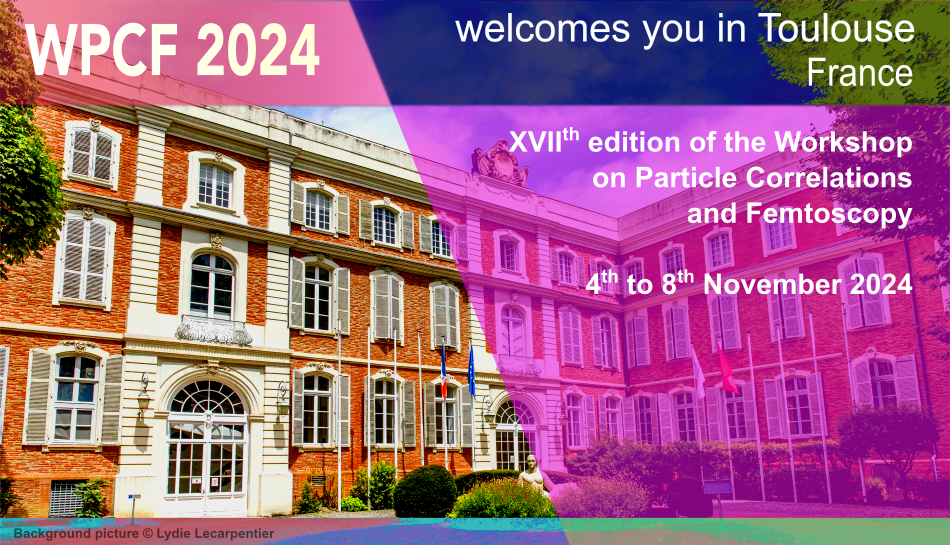Orateur
Description
Femtoscopy is traditionally used to determine the size of the particle
emitting region in heavy-ion collisions. The non-identical particle
femtoscopy is additionally able to measure the difference in average
emission points (so-called emission asymmetry) between two types of
particles. This asymmetry is sensitive to details of the dynamics of
the system created in the collision, and depends on the interplay of
collective flow, thermal velocity and details of hadronic resonance
production, propagation and decay. The sensitivity of the technique to
those phenomena will be presented.
The correlations between charged pions and kaons have been the fist
measurement of collision dynamics and emission asymmetry at several
heavy-ion collision experiments. They provide unique insight into
emission asymmetry as well as an interplay between hadronic
rescattering and resonance production and decay. These processes
naturally strongly depend on the momenta of the particles, as,
especially for pions, resonance decays preferably populate the low-p_T
part of the spectrum. In this talk we present the first theoretical
investigation of the pion-kaon emission asymmetry done deferentially
versus pair total transverse momentum. We investigate the interplay
between spatial and temporal components of the asymmetry, as well as
the dependence of the total system size on this variable. We show how
this new type of measurement can shed new light on the understanding
of particle production in the soft regime.

